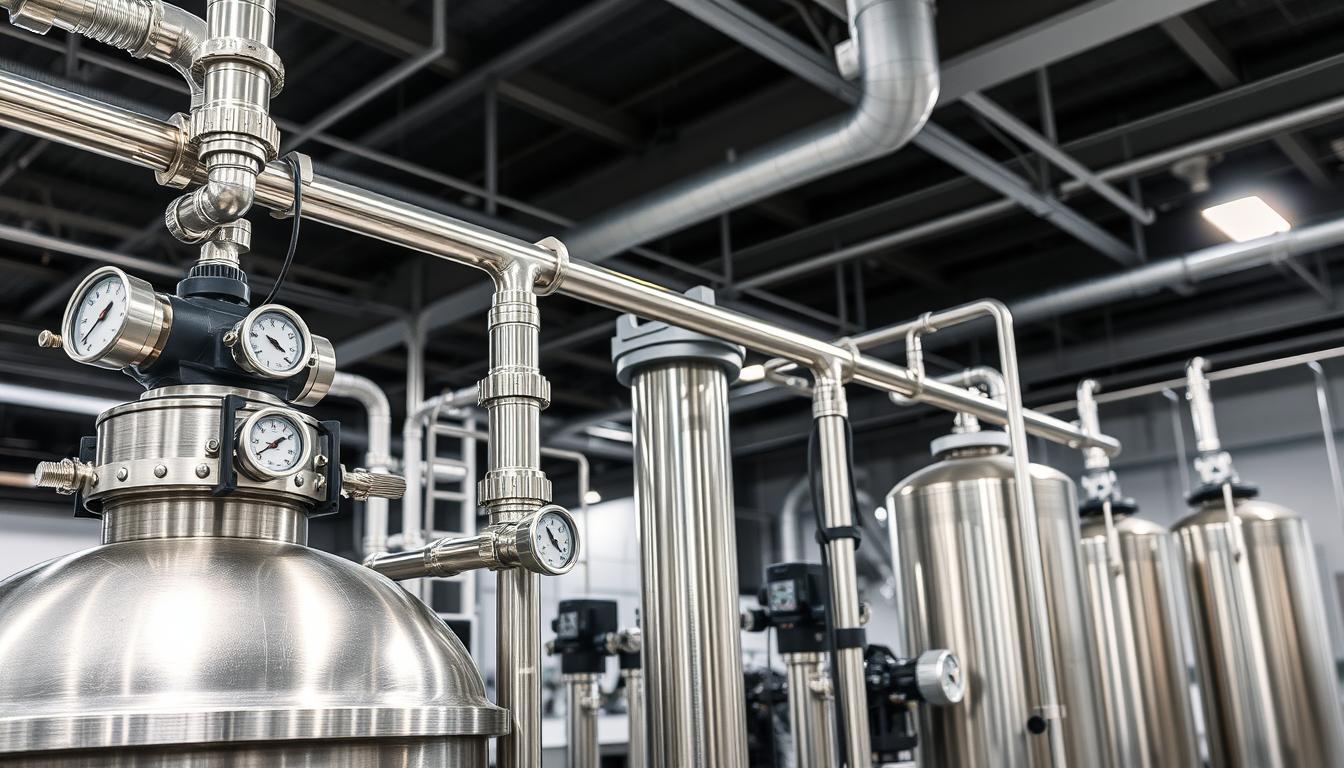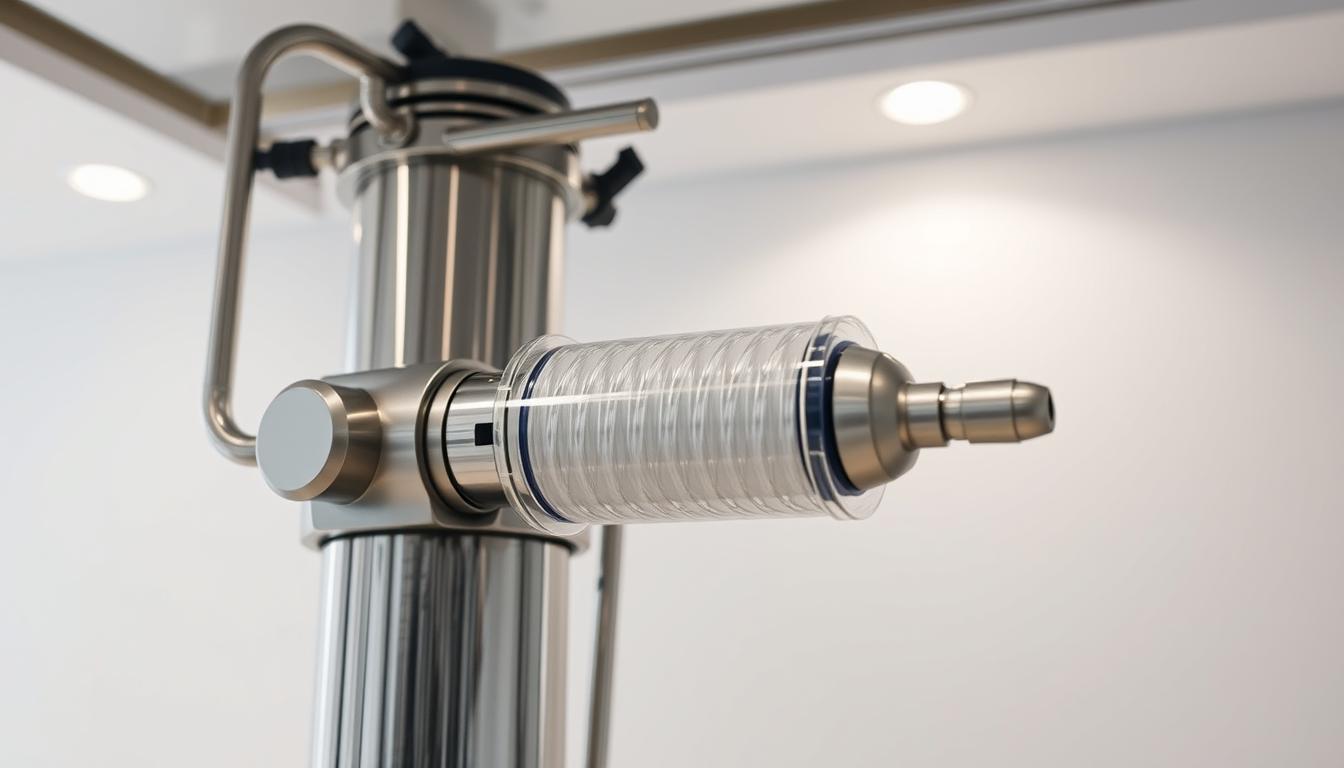Tag: Reverse osmosis filter
-
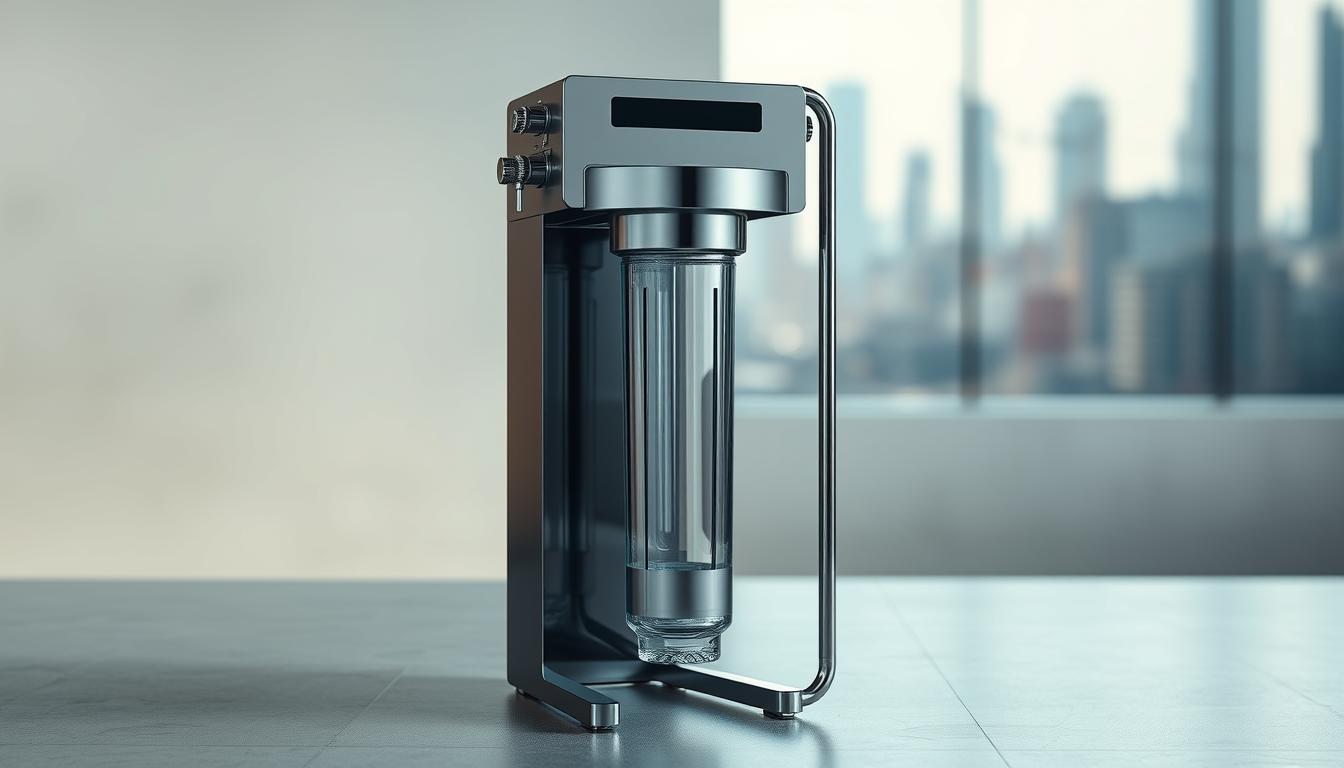
Imagine pouring a glass from your kitchen tap, unaware that invisible chemicals might slip through. For many households, this quiet concern drives the search for reliable solutions. We’ve explored countless options to address these worries, focusing on one persistent contaminant requiring specialized attention. Bromoform enters supplies through industrial processes and water treatment byproducts. This chemical…
-

Have you ever paused before filling a glass from your kitchen faucet? Many of us trust what flows through our taps, yet unseen contaminants can linger despite municipal treatment efforts. One group of chemicals—often overlooked—forms when chlorine interacts with organic matter during disinfection. These byproducts aren’t just a technical footnote; they’re a growing concern for…
-

We’ve all paused mid-sip, wondering what’s really in our tap water. While visible impurities grab attention, invisible contaminants like strontium linger silently. This naturally occurring element enters supplies through mineral deposits and industrial runoff, creating concerns many homeowners don’t discover until test results arrive. Traditional purification methods often struggle with such complex particles. That’s why…
-

We’ve all poured a glass from the tap, trusting it’s safe—until odd stains appear or a metallic taste lingers. For many homeowners, especially those using well water, these subtle signs often point to an uninvited guest: manganese. This naturally occurring element seeps into supplies through soil erosion and industrial activity. While small amounts are harmless,…
-
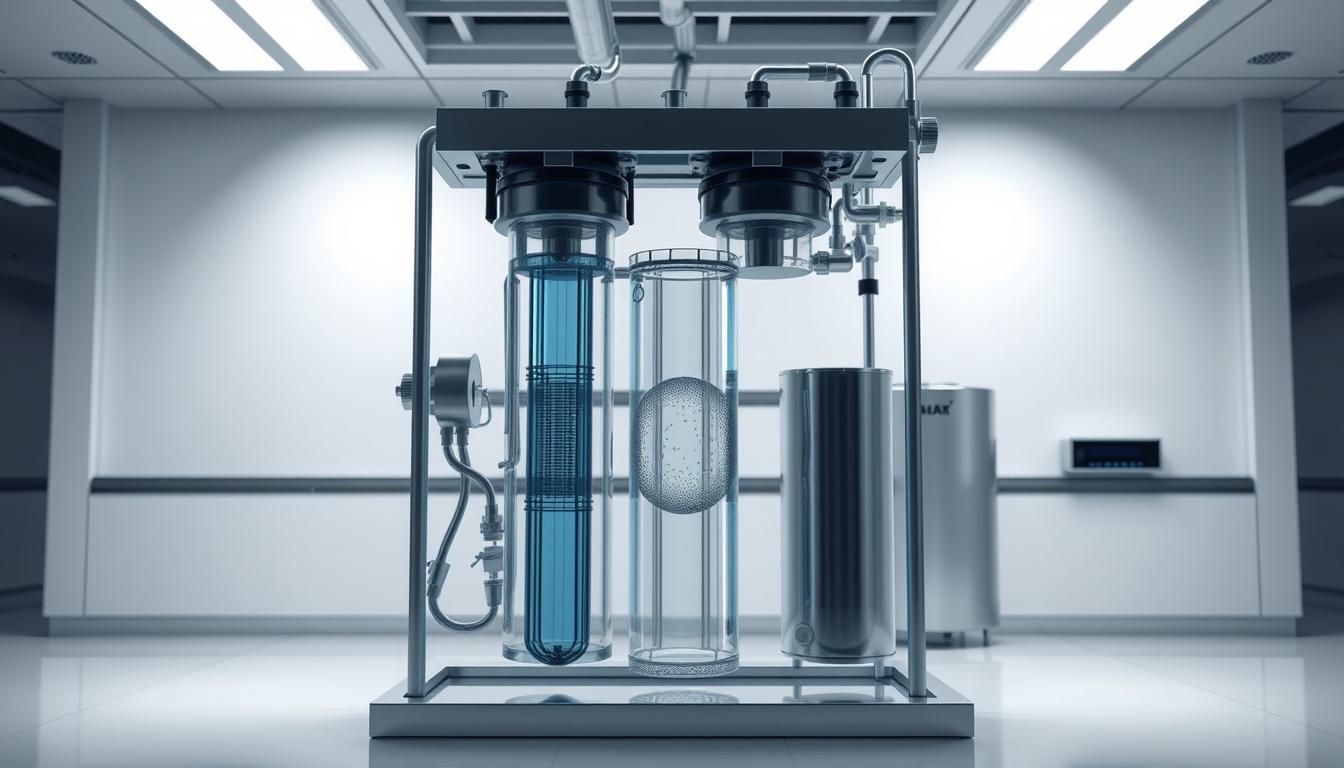
We all share that quiet moment at the kitchen sink – filling a glass while wondering what’s really in it. For many American families, agricultural runoff and industrial chemicals have turned this daily ritual into a silent concern. Modern farming practices and legacy pollution mean trace pesticides now appear in 44% of U.S. water systems…
-
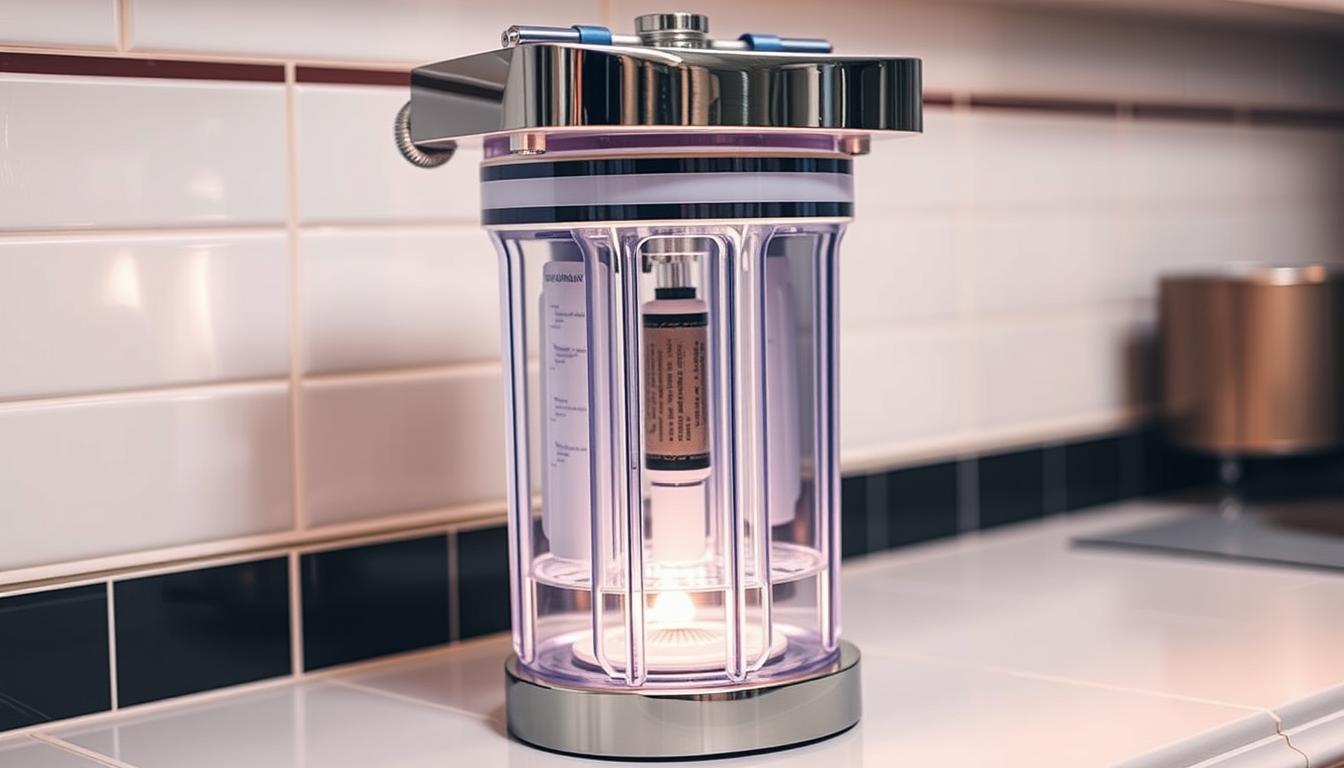
Have you ever filled a glass from the tap and wondered what might be hiding in it? Last spring, a neighbor shared their water test results with me. The nitrate levels were nearly twice the EPA’s safety limit – a silent issue many households face without realizing it. Nitrates often enter our supply through agricultural…
-
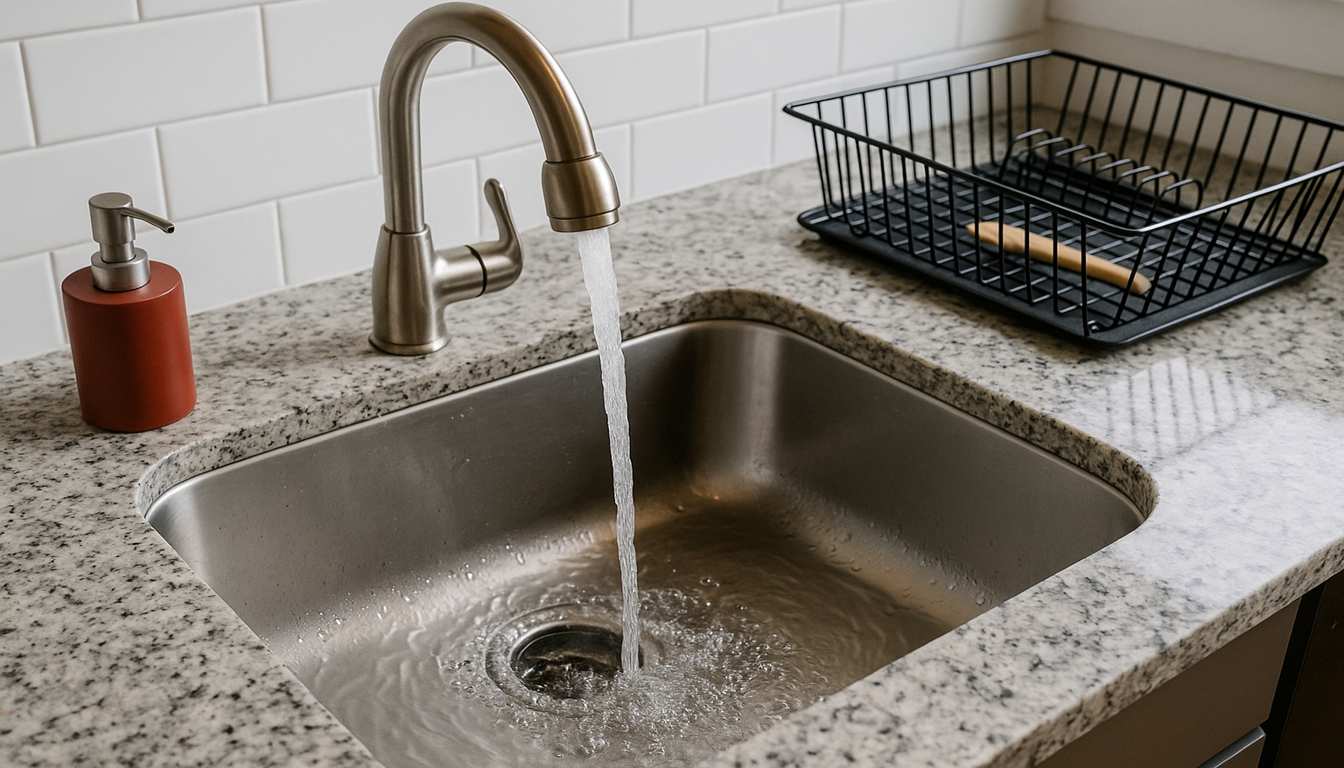
Have you ever paused before filling a glass from your tap? Many of us share that quiet hesitation, wondering what unseen elements might linger in our drinking water. For decades, synthetic chemicals like PFAS have silently accumulated in water supplies nationwide, leaving homeowners searching for reliable solutions. Often called “forever chemicals,” these substances resist breaking…
-
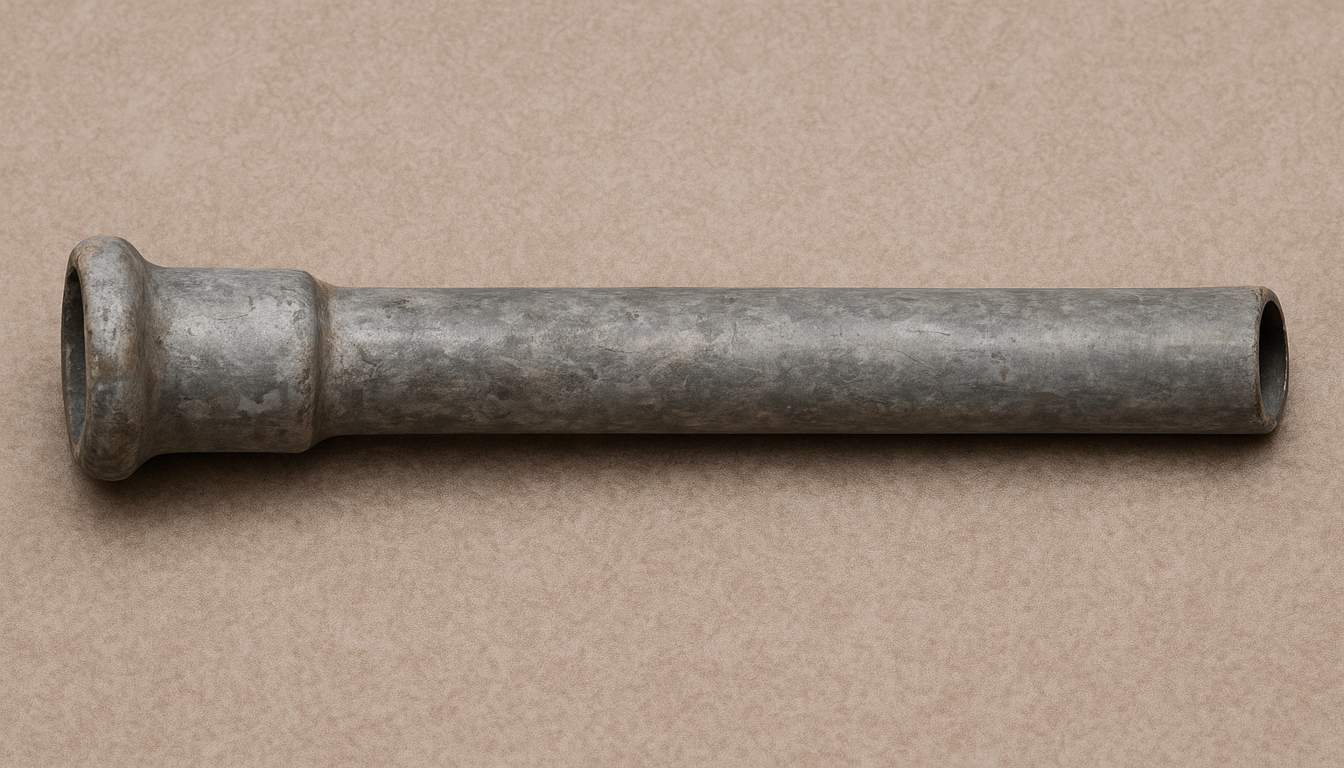
Have you ever paused mid-sip from your kitchen faucet, wondering what’s truly in your glass? For millions of homeowners, this quiet moment of doubt has become alarmingly common. Aging pipes and industrial pollution continue to threaten what flows from our taps—even in modern communities. The EPA warns that no amount of lead exposure is safe,…
